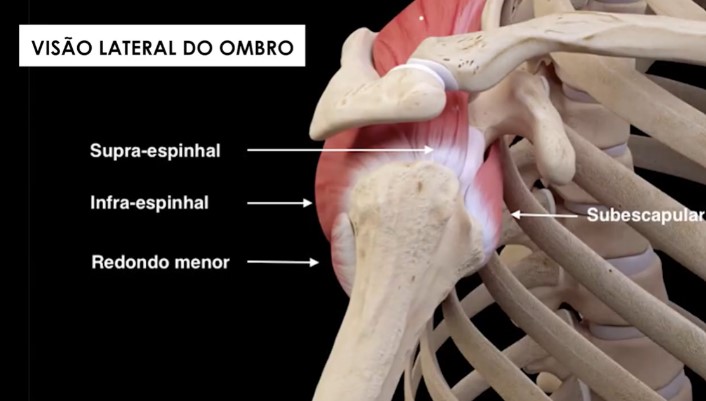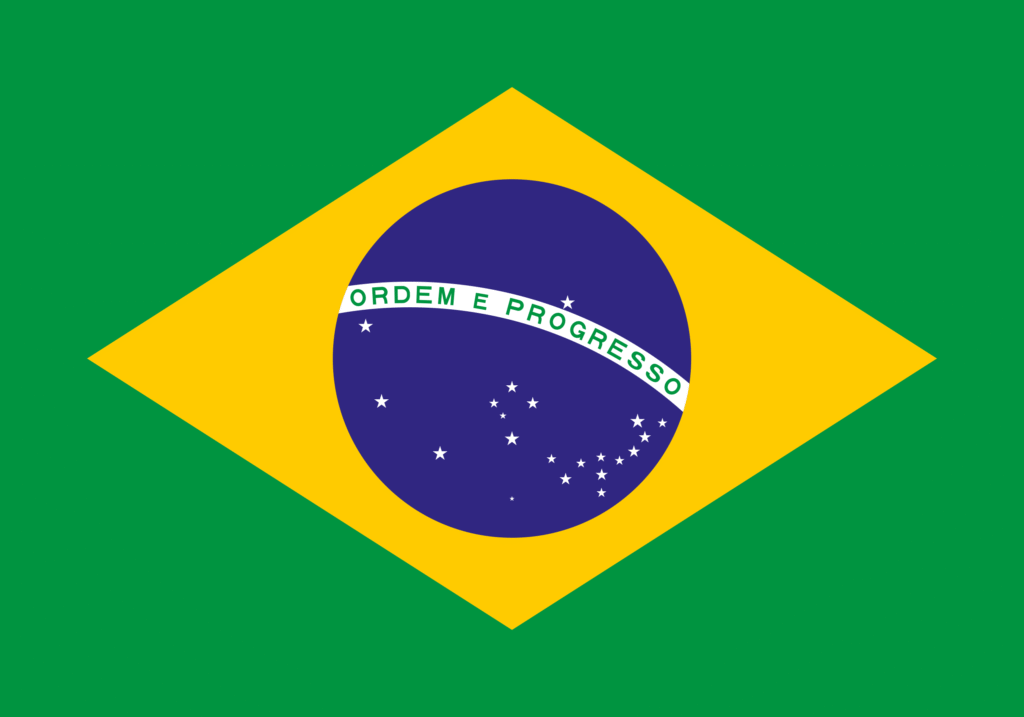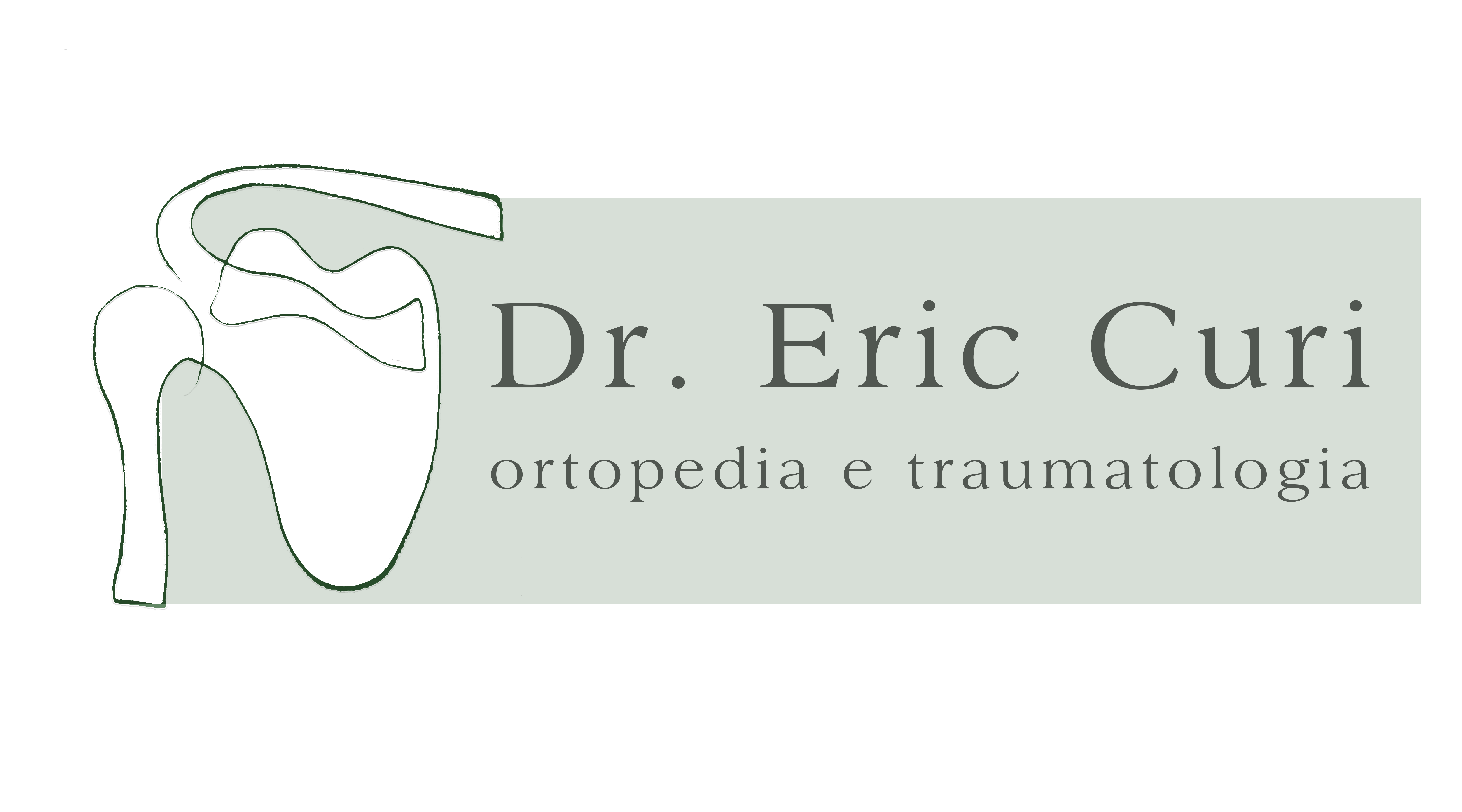Meet Dr. Eric Curi, Orthopedic Surgeon and Traumatologist, specialist in Shoulder and Elbow surgery in São Paulo.
Calcific Tendinitis: What You Need to Know
Shoulder Pathologies
Elbow Pathologies
General Orthopedics
Últimos Artigos
Calcific tendinitis is a condition that can cause intense pain and limit movement, significantly affecting the quality of life of those who suffer from it.
Characterized by calcium deposits in the tendons, this condition is most common in the shoulder, but can also affect other parts of the body. While the exact cause of this pathology is not fully understood, we know how to treat it efficiently and with excellent results. We are also well-versed in the risk factors associated with the condition, which include age between 30 and 60, diabetes, hypothyroidism, and dyslipidemia.
Therefore, it is essential to recognize the symptoms of calcific tendinitis and know the available treatment options.
What is Calcific Tendinitis?
Calcific tendinitis is a condition where there is abnormal calcium deposition within a tendon, resulting in inflammation and often causing intense pain. While it can affect any tendon in the body, it is most common in the shoulder and hip tendons, with the supraspinatus tendon in the shoulder being the most frequently affected.


This calcium deposit can irritate the surrounding tissues, causing significant inflammation and difficulty in performing movements.
The Stages of Calcific Tendinitis
Calcific tendinitis progresses through a chronological sequence described by Sarkar Uhthoff, and is divided into three stages:
- Stage 1 - Pre-calcification: This stage involves a microscopic transformation of tendon fibers (fibrocartilaginous metaplasia). It is asymptomatic.
- Stage 2 - Calcification stage: This is the most important phase of the condition. It is subdivided into three phases: formation, rest, and reabsorption. During the formation phase, the injury begins to show up on X-rays and typically appears chalky. The rest phase often starts with mild pain. The reabsorption phase is the most painful, with intense inflammation and an X-ray appearance resembling "toothpaste."
- Stage 3 - Post-calcification: In this final phase, the injury tends to heal with fibrosis and collagen formation. The patient typically regains shoulder function and pain resolves.

What Causes and Risks Are Associated with Calcific Tendinitis?
The causes of calcific tendinitis are multifactorial and not completely understood. However, they are associated with changes in tendon tissues that favor calcium deposition in the microcirculation of the tendon. Tissue hypoxia (a reduction in oxygen supply to the tendon) can lead to cell death, stimulating calcium deposition as a response.
The known risk factors include:
- Repetitive microtrauma: Small, frequent injuries to the tendons can trigger inflammatory and degenerative processes, making calcium accumulation easier.
- Metabolic imbalances: Alterations in calcium and phosphorus metabolism can contribute to calcium deposits in tendons.
- Age and gender: The condition is more common in individuals aged between 30 and 60 and is more prevalent in women. About 10% of cases are bilateral.
- Hormonal changes: Studies suggest a higher prevalence in women, especially during menopause, indicating that hormones may influence the condition.
- Genetic factors: There may be a genetic predisposition to developing this disease.
What Are the Symptoms of Calcific Tendinitis?
Calcific tendinitis can cause a variety of symptoms that directly affect the patient’s quality of life, particularly due to pain and functional limitations. Key symptoms to watch for include:
- Pain: Usually diffuse around the shoulder, worsening with movement. Pain tends to be particularly intense during the reabsorption phase of calcification.
- Movement limitation: Difficulty performing activities, especially raising the arm in the case of shoulder tendinitis.
- Tenderness to touch: The affected area may be painful when pressed.
- Swelling: There may be edema around the affected tendon.
- Stiffness: A feeling of the joint being "locked" or difficulty moving the joint due to pain, or following the resolution of calcific tendinitis due to a secondary development of Adhesive Capsulitis.
- Night pain: Discomfort that worsens at night, disturbing sleep. Often, this night pain is associated with a concurrent Rotator Cuff Syndrome.
- Muscle weakness: A reduction in strength in the affected area, sometimes associated with concurrent Rotator Cuff Syndrome.
How is Calcific Tendinitis Diagnosed?
The diagnosis of calcific tendinitis is made through clinical evaluation and imaging tests. Initially, we assess the symptoms reported by the patient, such as intense pain, movement limitations, and tenderness in the affected area. During the physical exam, we palpate the area and check the degree of joint mobility to identify signs of inflammation or muscle weakness.
To confirm the diagnosis and assess the extent of calcium deposits, we request imaging tests such as X-rays and MRIs, which clearly show the calcified deposits.

What Treatment Options Are Available for Calcific Tendinitis?
Treatment for calcific tendinitis can be conservative, minimally invasive, or surgical, and is tailored to the patient’s profile and the severity of the condition. Conservative treatment includes rest, modifications to certain activities, and the use of analgesics and anti-inflammatory drugs to control pain and inflammation. Physical therapy is also essential, including anti-inflammatory methods, specific exercises, and manual techniques to improve mobility, strengthen muscles, and relieve pressure on the tendons.
Minimally invasive options include injections of various medications, a technique called “barbotage,” and shockwave therapy. Shockwave therapy uses high-frequency mechanical waves to fragment and stimulate the reabsorption of calcium deposits. Barbotage involves a needle guided by ultrasound to fragment and remove calcium deposits.
Surgery is usually not necessary, but in more severe or persistent cases, shoulder surgery may be indicated. The most common technique is arthroscopy, which allows for the removal of deposits under direct visualization and has the advantage of enabling treatment of associated conditions, such as a potential rotator cuff repair.
Dr. Eric Curi
If you’re experiencing intense shoulder pain, difficulty moving, or suspect you have calcific tendinitis, schedule an appointment with Dr. Eric Curi. He is the best professional to assess your case, provide an accurate diagnosis, and recommend the most appropriate treatment!
Want to Learn More? Schedule a Consultation with Dr. Eric Curi.
Vila Olímpia
SARTOR - Medicina Integrada
- (11) 3045-2090
- Rua Helena, 218 - Trade Tower - 4º Andar
- Segunda - Sexta : 09:00 -18:00








